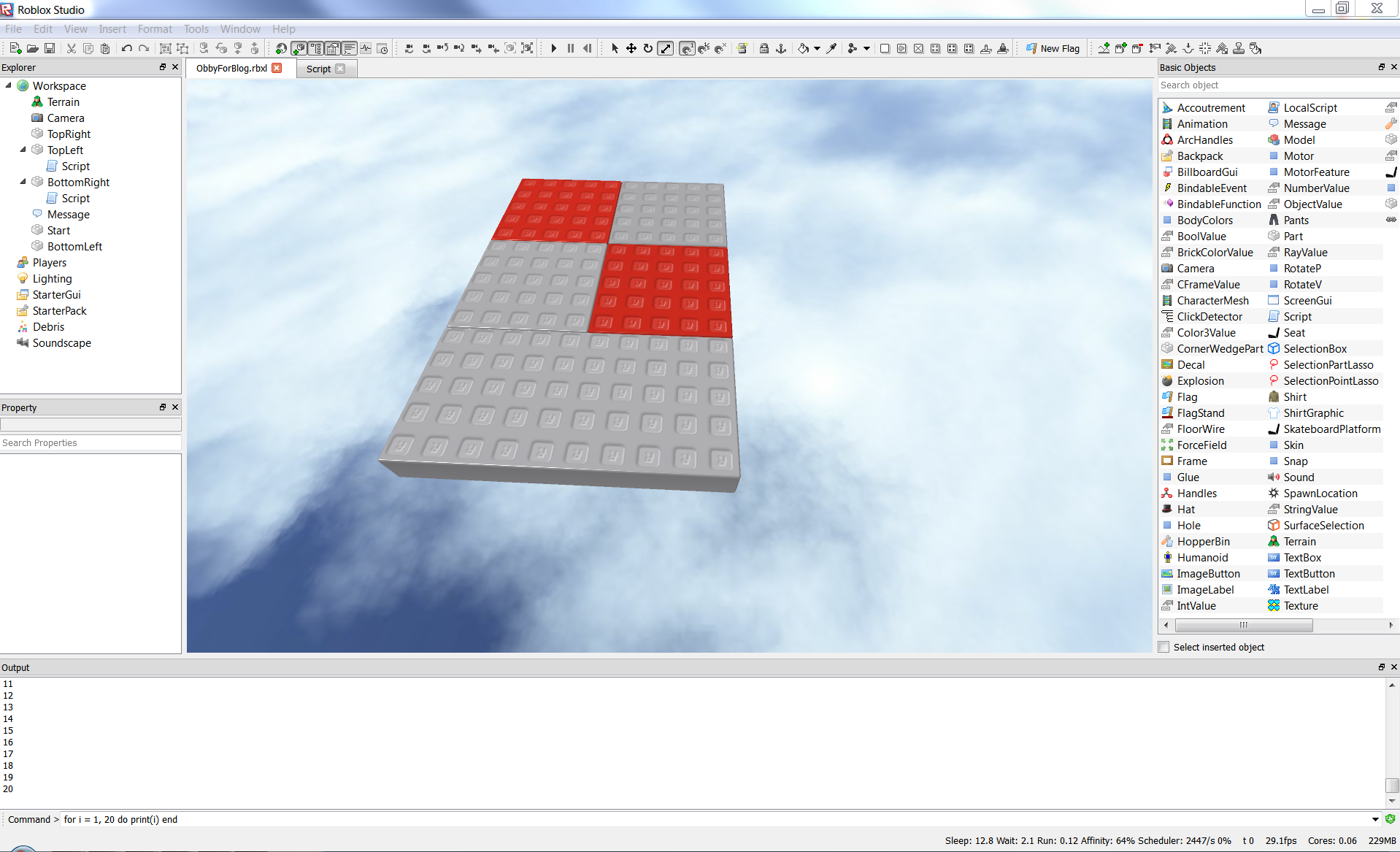


You can customize these objects to provide context and prompts for what you want a user to do. Buttons and Text Inputīutton objects, such as TextButtons or ImageButtons, allow a user to perform an action, while TextBox objects allow a user to input text. Labels allow you to display customizable text and images. You can also use tweening to transition a GuiObject smoothly from one state to another and provide dynamic visual feedback. Using the Position, Size, AnchorPoint, and ZIndex properties, you have complete control on how to position, size, and order GuiObjects. The four most common GuiObjects are frames, labels, buttons, and text input objects. Most UI elements are GuiObjects, 2D graphical user interface objects that you can parent to containers. In-experience UI container objects, such as SurfaceGuis and BillboardGuis, hold GuiObjects that you want to display within an experience's 3D world.

On-screen UI container objects, such as StarterGuis, ScreenGuis, and PlayerGuis, GuiObjects that you want to display on a user's screen. When you manipulate frames, you also manipulate the objects they contain. Framesįrames act as containers for other GuiObjects, such as TextLabels or TextButtons. Depending on where you create it, UI renders either on-screen or within an experience's 3D world. ContainersĬontainer objects such as frames hold and display UI elements. You can quickly create high-quality graphical user interfaces with minimal scripting requirements using built-in GUI elements and their containers.


 0 kommentar(er)
0 kommentar(er)
